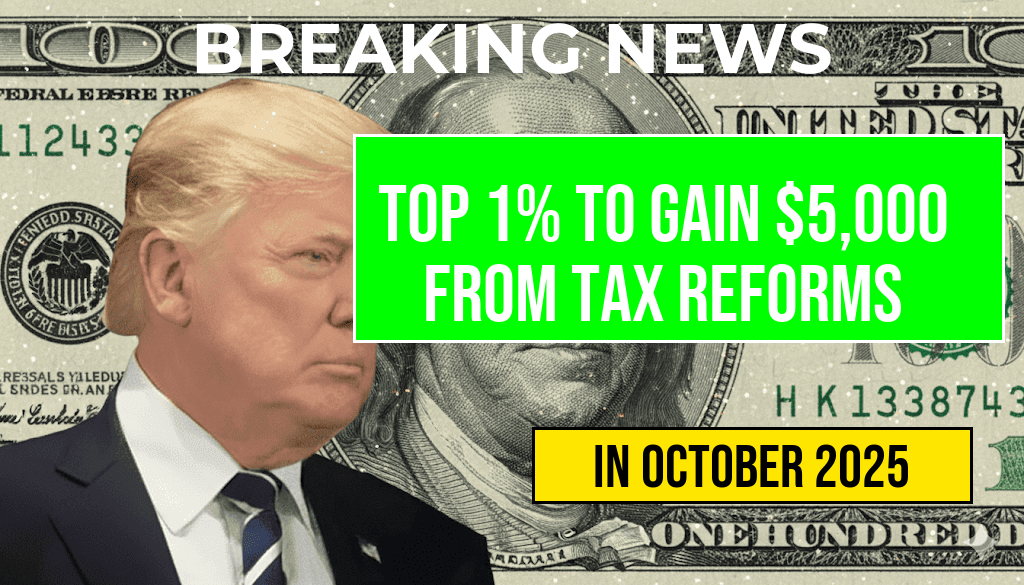Starting in 2025, employees participating in employer-sponsored retirement plans will see a significant increase in their 401(k) contribution limits, with the maximum allowable contribution jumping to $35,000. This marks the highest limit in the history of the retirement savings plan, reflecting adjustments for inflation and changing economic conditions. The new cap provides workers with greater flexibility to boost their retirement savings, particularly benefiting high-income earners and those seeking to accelerate their financial security in retirement. The Internal Revenue Service (IRS) announced the adjustment as part of its annual cost-of-living adjustments, which are designed to help retirement savers keep pace with inflation. This increase is expected to impact millions of Americans who rely on their 401(k) plans for long-term financial stability, prompting both employers and employees to reevaluate their retirement strategies.
Understanding the 2025 401(k) Contribution Limit Increase
The IRS’s decision to raise the 401(k) contribution limit to $35,000 for 2025 represents a substantial increase from the previous limit of $23,000 in 2024. This adjustment allows high earners to contribute more toward their retirement savings, which can be especially advantageous given the rising costs associated with healthcare and other expenses during retirement years. The increase is part of ongoing efforts to enhance retirement security for American workers and to align contribution limits with the inflationary trends observed over recent years.
Key Details of the 2025 Limit
| Year | Employee Contribution Limit | Catch-Up Contribution (for age 50 and above) |
|---|---|---|
| 2024 | $23,000 | $7,500 |
| 2025 | $35,000 | $7,500 |
In addition to the increased employee contribution limit, the catch-up contribution for workers aged 50 and older remains at $7,500, allowing more seasoned savers to make additional contributions. The total contribution limits for high-income earners could significantly expand, enabling those with higher compensation to maximize their retirement savings potential.
Implications for Employers and Employees
The elevated contribution ceiling opens new avenues for employees to accelerate their retirement savings, especially for those who have previously reached the old limits. Financial advisors suggest that this increase could motivate more workers to contribute the maximum allowable amount, thereby enhancing their long-term financial resilience. Employers might also revisit their retirement plan offerings to accommodate these higher contributions, potentially augmenting employer match programs to incentivize increased savings.
Tax Advantages and Planning Strategies
Contributing closer to the new limit provides substantial tax benefits. Since 401(k) contributions are made pre-tax, they reduce taxable income for the year in which they are made. Additionally, the growth on these investments is tax-deferred until withdrawal. Financial planners recommend that workers consider their overall financial goals and tax circumstances when deciding how much to contribute, especially as the new limit offers an opportunity to maximize future retirement income.
Broader Retirement Policy Context
The increase in contribution limits aligns with broader policy initiatives aimed at improving retirement readiness among Americans. Policymakers acknowledge that rising costs and increased life expectancy necessitate higher savings rates. The IRS’s adjustment reflects these concerns, aiming to prevent retirement deficits and promote financial security for future retirees.
Related Policy Developments
- Automatic enrollment and increased employer match incentives
- Roth 401(k) options as a tax-diversification tool
- Legislation proposals to expand contribution limits further for high-income earners
These initiatives are part of a larger strategy to encourage more Americans to save adequately for retirement, addressing the persistent challenge of underfunded retirement accounts across diverse income groups. The new contribution limit is viewed as a significant step toward achieving these goals.
Expert Perspectives
Financial experts underscore that the increase provides a crucial opportunity for individuals to significantly enhance their long-term savings. According to Investopedia, leveraging higher contribution limits can make a measurable difference in retirement readiness, especially when combined with disciplined investment strategies. Meanwhile, policymakers and retirement advocates emphasize that increased limits should complement broader financial literacy efforts to ensure workers understand and effectively utilize their retirement options.
As the new limits come into effect, workers and employers will need to adapt their retirement planning to maximize benefits. Staying informed about these changes and consulting with financial advisors can help optimize savings strategies, ensuring Americans are better prepared for their financial futures.
Frequently Asked Questions
What is the new 2025 401(k) contribution limit?
The 401(k) contribution limit for employees will increase to $35,000 in 2025, allowing for higher annual savings.
Who is eligible to contribute the new limit in 2025?
All eligible employees participating in their company’s 401(k) plan can take advantage of the increased contribution limit starting in 2025.
How does the 2025 contribution limit compare to previous years?
The limit has significantly increased from previous years, reflecting adjustments for inflation and encouraging higher retirement savings.
Are there catch-up contributions allowed for those over 50 in 2025?
Yes, catch-up contributions remain available, allowing individuals over age 50 to contribute additional funds beyond the standard limit.
What impact does the increased limit have on retirement planning?
The higher contribution limit provides employees with greater opportunity to save more for retirement, helping to potentially grow their nest egg faster.






